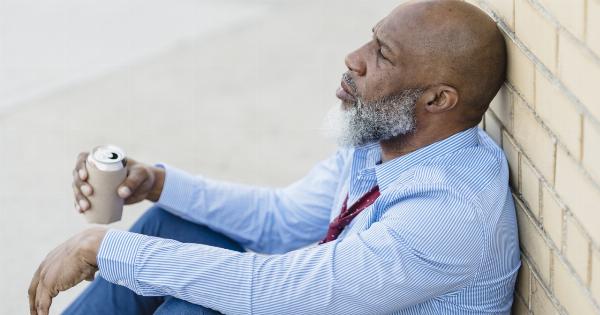The midsection of the body, commonly referred to as the core area, is an integral part of the body’s framework. It supports and protects vital organs like the liver, kidneys, and digestive system, as well as facilitates movement of the body.
Midsection pain can arise as a result of a variety of reasons. It can be caused by trauma, injury, or an underlying health condition.
Pain can be present in the stomach, lower back, or sides and often affects daily activities, making it difficult to carry out regular tasks.
Causes of Midsection Pain
Midsection pain can be caused by a number of reasons. Common causes of midsection pain include:.
1. Muscle strain
Straining of muscles in the midsection can lead to pain and discomfort. Strain on the muscles can occur due to repetitive movements, overuse, or sudden movements that cause the muscles to stretch beyond their normal range of motion.
This can be common in people who lift heavy weights or do not have proper posture and form when carrying out movements that involve the core area.
2. Digestive disorders
Digestive disorders can also cause midsection pain. These disorders can arise due to abnormalities in digestive organs such as the stomach, liver, and intestines.
Common digestive disorders that cause midsection pain include irritable bowel syndrome (IBS), inflammatory bowel disease (IBD), Crohn’s disease, and ulcerative colitis.
3. Appendicitis
Appendicitis is a medical condition that affects the appendix, located in the lower right side of the abdomen. When the appendix becomes inflamed, it can cause severe pain in the midsection, nausea, and vomiting.
In most cases, surgery to remove the inflamed appendix is necessary to prevent further complications.
4. Kidney stones
Kidney stones can cause midsection pain as they pass through the urinary system. The pain is felt in the lower back, abdomen, and groin area, and can be accompanied by nausea and vomiting.
In most cases, kidney stones pass on their own, but if the pain persists, medical attention is necessary.
5. Hernia
A hernia refers to a condition in which an organ protrudes outside its normal position due to weakness or tear in the surrounding tissue. Hernias can occur in the midsection area, leading to pain and discomfort.
Common types of hernias in the midsection include umbilical hernias and inguinal hernias.
6. Ovarian cysts
In women, ovarian cysts can cause midsection pain. Ovarian cysts are fluid-filled sacs that form on the ovaries and can cause pain and discomfort in the midsection.
In most cases, these cysts are benign and do not require treatment, but if they become painful, medical attention is necessary.
Diagnosis and Treatment
Midsection pain is a common complain and diagnosing the cause of midsection pain can sometimes be difficult. A doctor may order lab tests, imaging tests, or a physical examination to determine the cause of the pain.
Treatment will depend on the underlying cause of the pain.
Treatment for midsection pain may involve a combination of medications and lifestyle changes to manage the cause of the pain. Painkillers may be prescribed to alleviate the pain.
Lifestyle changes may include changes to diet, exercise, and physical therapy. In some cases, surgery may be necessary to repair the underlying issue causing the midsection pain.
Preventing Midsection Pain
There are steps that can be taken to prevent midsection pain.
These include maintaining proper posture when sitting or standing, avoiding lifting heavy weights or carrying out repetitive movements that involve the core area, eating a healthy diet, and exercising regularly.
If midsection pain is a recurring issue, it is important to seek medical attention and determine the underlying cause of the pain to prevent further complications.






























